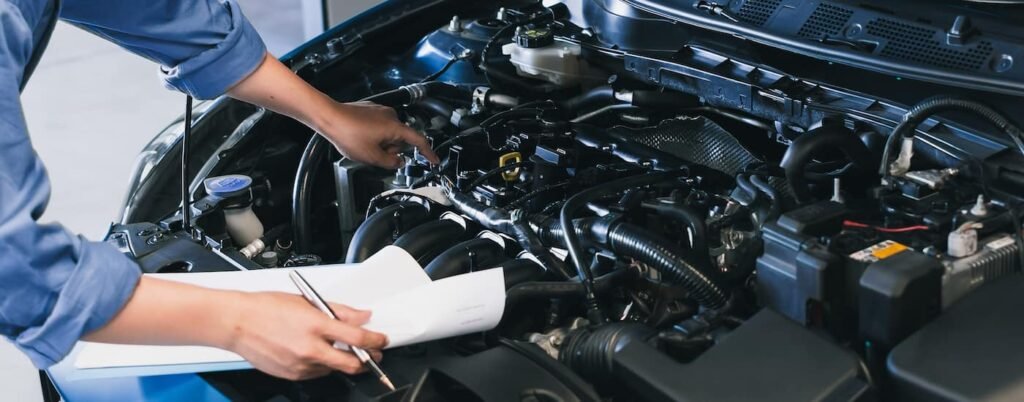Safety Tips for Handling Pressurized Air and Fuel Systems

When it comes to working with pressurized air and fuel systems, safety should always be the top priority. These systems can be found in various industries, including automotive, manufacturing, and construction. Mishandling or neglecting safety precautions can lead to serious accidents and injuries. To ensure a safe working environment, here are some essential safety tips to follow when handling pressurized air and fuel systems.
1. Wear Appropriate Personal Protective Equipment (PPE)
Prior to working with pressurized air and fuel systems, it is crucial to wear the appropriate personal protective equipment (PPE). This includes safety glasses, gloves, and protective clothing. Safety glasses protect your eyes from any debris or chemicals that may be released under pressure. Gloves provide protection against burns, cuts, and exposure to hazardous substances. Additionally, wearing appropriate clothing, such as long sleeves and pants, helps protect your skin from potential injuries.
2. Conduct Regular Inspections and Maintenance
Regular inspections and maintenance are essential to ensure the proper functioning of pressurized air and fuel systems. Inspect all components, including hoses, valves, fittings, and connectors, for any signs of wear, damage, or leaks. Replace any faulty or damaged parts immediately. Regularly check the pressure gauges to ensure they are within the recommended range. Conducting routine maintenance will help prevent potential failures or malfunctions that could lead to accidents.
3. Properly Ventilate the Work Area
When working with pressurized air and fuel systems, it is important to ensure proper ventilation in the work area. This helps prevent the accumulation of flammable gases or vapors, reducing the risk of fire or explosion. Adequate ventilation also helps to dissipate any harmful fumes that may be present, ensuring a safer working environment for everyone involved.
4. Handle Fuel and Air Systems with Care
When handling pressurized air and fuel systems, it is crucial to exercise caution and care. Avoid dropping or mishandling any components, as this can cause damage or lead to leaks. Be mindful of any sharp edges or protruding parts that could cause injuries. When disconnecting hoses or fittings, release the pressure slowly and cautiously to prevent sudden releases of pressurized air or fuel.
5. Follow Proper Lockout/Tagout Procedures
Before performing any maintenance or repair work on pressurized air and fuel systems, it is essential to follow proper lockout/tagout procedures. This involves isolating the system from its energy source and ensuring it cannot be accidentally activated. Lockout/tagout procedures help prevent unexpected releases of pressure or fuel, protecting workers from potential hazards.
6. Provide Training and Education
Proper training and education are vital for anyone working with pressurized air and fuel systems. Ensure that all personnel are trained on the safe handling and operation of these systems. This includes understanding the potential hazards, proper use of equipment, and emergency procedures. Regularly provide refresher training sessions to reinforce safety protocols and keep employees up to date with the latest industry practices.
7. Respond to Emergencies Appropriately
In the event of an emergency, it is crucial to respond appropriately to minimize the risk of further harm. Establish clear emergency procedures and ensure that all personnel are familiar with them. This includes knowing how to shut off the fuel or air supply, using fire extinguishers, and providing first aid when necessary. Regularly conduct drills to practice emergency scenarios and ensure that everyone knows how to respond effectively.
Conclusion
Handling pressurized air and fuel systems requires careful attention to safety precautions. By wearing appropriate personal protective equipment, conducting regular inspections and maintenance, ensuring proper ventilation, handling systems with care, following lockout/tagout procedures, providing training and education, and responding appropriately to emergencies, you can create a safer working environment for everyone involved. Remember, safety should always be the top priority when working with pressurized air and fuel systems.
